Are Ovens 110 Or 220 Volt | Know About Your Kitchen Oven
Few things are as frustrating as buying a new oven, only to realize it doesn’t work with your home’s power. Why do you need to know this when purchasing an oven? Because every oven doesn’t match in terms of voltage speeds.
If you’re new to the world of home cooking, you might be wondering what the difference is between 110 volts and 220 volts. The simple answer is that 220-volt appliances are designed to run on a higher voltage than 110-volt appliances. This means that they’ll usually be more powerful and use more energy.
However, this doesn’t necessarily mean that they’re better or worse than their 110-volt counterparts. It’s just important to know which one you need for your home before making a purchase. Still, the question remains- are ovens 110 or 220 for residential use? Read on more to learn about your kitchen oven voltages.
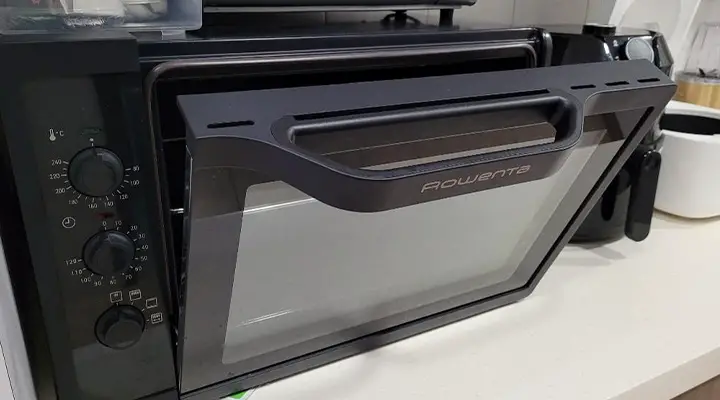
Are Electric Ovens 110 Or 220 Volt?
This is a question that many people have when they are looking to purchase a new oven for their kitchen. The answer to this question is quite simple. If you live in the United States, you will need an oven that uses 110 volts.
However, if you live in Europe or another country that uses 220 volts, then you will need an oven that can handle both voltages. Primarily, the difference between 110 and 220-volt ovens is the amount of power they use. A 110-volt oven uses less power than a 220 volt and is better suited for smaller homes or apartments.
If you have a larger home, you may need a higher voltage in order to heat your food properly. How can you figure out what voltage your oven needs? The first thing to consider is what country you live in, just like we’ve mentioned earlier.
In the United States, most homes have 120-volt circuits, which means your oven would need to be rated for 110 or 120 volts. In the case of other countries with different electrical standards, your required voltage could be 220-240 volts, depending on the available circuits. Other factors that affect an oven’s required voltage are its size and power consumption levels.
There’s a common misconception that all ovens operate on 220 volts. In reality, 110 and 220-volt ovens both exist and are used in different parts of the world. Here’s a quick breakdown of the exact places according to the broader parts of the world where you’ll find each type of oven: 110-volt ovens are most commonly found in North America.
If you live in the US or Australia or Canada, your home likely uses 110 volts. This voltage is also used in some South American countries like Brazil. 220-volt ovens are more common in Europe and Asia. So, you can’t specify any of these voltages for all ranges. It’s common to see the difference among different ovens worldwide.
How To Install An Electric Oven Outlet?
Before installing an electric oven outlet, you must first make sure that the power source is available and that you have the necessary access to it. The electrician will also need to check that the circuit breaker in the home can support the new outlet. Once all of this has been confirmed, installation can begin.
First, cut the power at the circuit breaker. Then set your oven on the top rack and shut the door. Turn off the burner. Using the putty knife, screwdriver, and pliers, remove the old outlet. Now install the new outlet and attach it to the oven.
Suppose you already have an outlet in your kitchen. In that case, you can easily add another outlet by taking off the electrical cover with a screwdriver and adding a second outlet to the existing box. You will need to shut off the power to your existing outlet by turning off the circuit breaker that’s located in your electrical panel.
The most important thing to remember when installing an electric oven outlet is to make sure that you’re following the safety requirements for your area. This includes having a grounded three-prong outlet that’s of the correct rating, either 120 volts or 220 volts and has the correct amperage ranging from 15 to 20 amps.
What Happens For Plugging 220 Into 110?
The trick here is that you are plugging a higher voltage into a lower voltage system. The answer is that you’re going to blow a fuse and/or create a fire hazard and/or electrocute yourself. Another thing to remember is that 110V in the US is actually equivalent to 220V in other parts of the world, so when you plug your US appliance into a foreign wall outlet, it will fry.
If you plug 220 volts into a 110-volt outlet, the result is not going to be pretty. The voltage will force all excess energy down the grounding wire and through any other grounding wires in the house. If there aren’t any, then it’ll go straight to the ground, which is not a good thing.
And, both parts will short out and become permanently damaged. Opposite to this condition, there is a myth about plugging a 110v device into a 220v outlet. That is, doing such will cause the device to explode. In reality, the device will simply short out, and no damage will be done. It’s still not recommended you do this, though, because you never know what damage might occur if the outlets aren’t properly wired.
Frequently Asked Questions
How Do I Know If My Oven Is 110 Or 220?
In North America, your oven is probably a 110-volt oven, but in Europe, it’s 220-volt. To convert to a 220-volt oven, you just have to replace the elements and thermostats. If you’re in a country that uses 220 volts, then your oven should be marked with an ‘H’ for 220 and a number for the wattage.
However, if your oven is marked with a ‘C’, it’s 110V. Besides, when your oven doesn’t have a voltage selection switch, it is 220V. Having a voltage selection switch on the oven means it has settings for 110V-220V, and you’re using 220V.
Are Ovens AC Or DC?
Most ovens are AC. The heating coils in your oven are alternating current, which means they change direction 60 times per second. This oscillation is responsible for the electromagnetic waves that heat your food. The current flows through a coil of wire with a ferromagnetic core and creates a magnetic field when it interacts with the core.
However, some ovens are DC and not AC. They run at a lower voltage than AC which means they can’t transfer heat as quickly. As a result, when you cook with an oven, the food takes longer to heat up and longer to cool down.
Finishing Lines
In general, ovens can be either 110 or 220 volts. These numbers denote the voltages of the ranges and are only found in electric ovens. Though both voltages are suitable for ovens, you need a particular circuit for any of these two types. Usually, you’ll have a specific oven voltage in your oven according to the location. However, you should check the product specifications to ensure you are not thinking about the wrong outlet for your electric range.

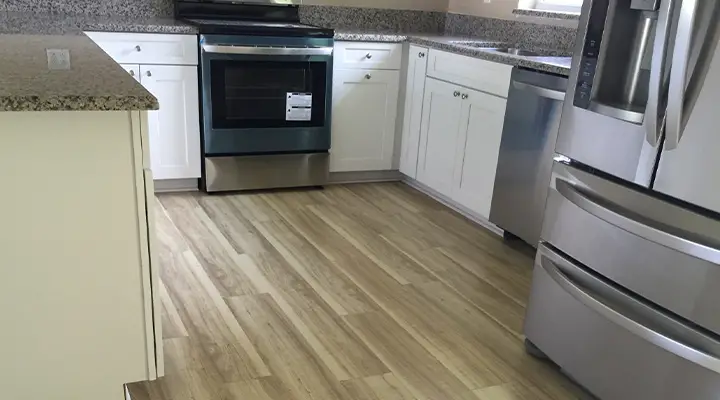
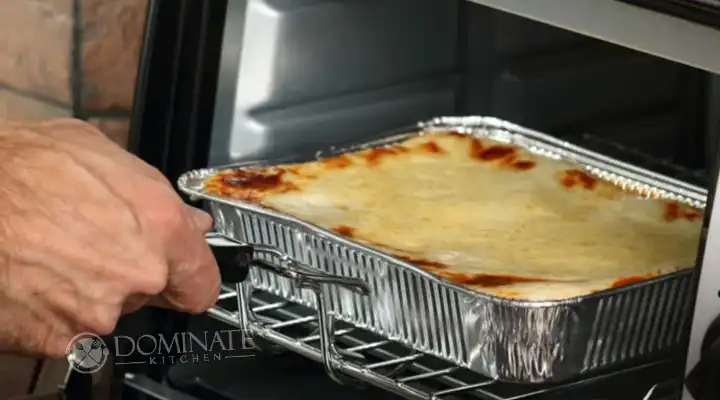
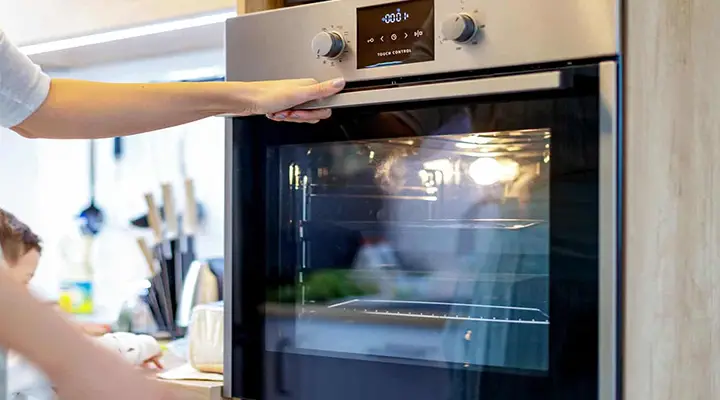
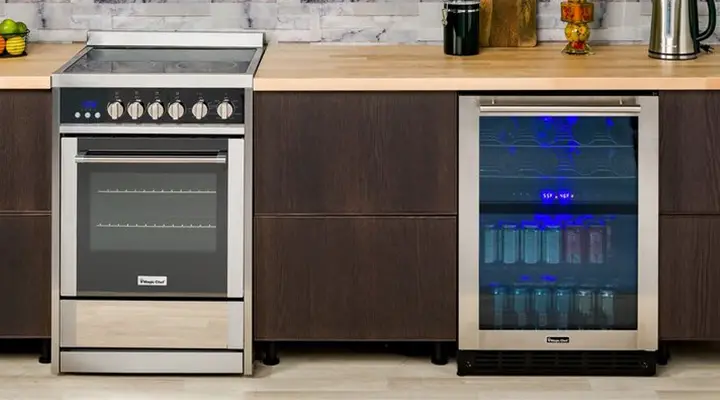
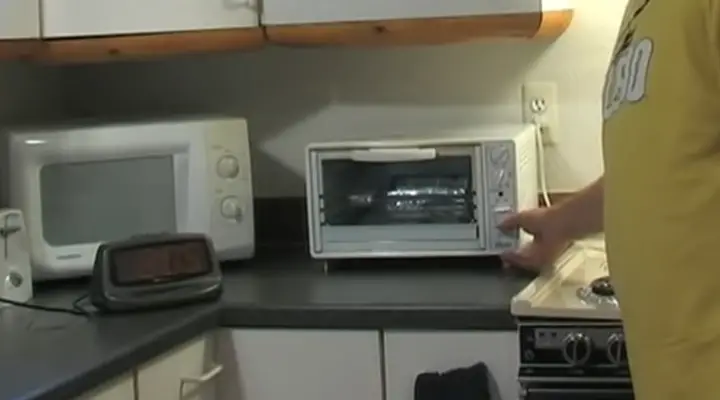
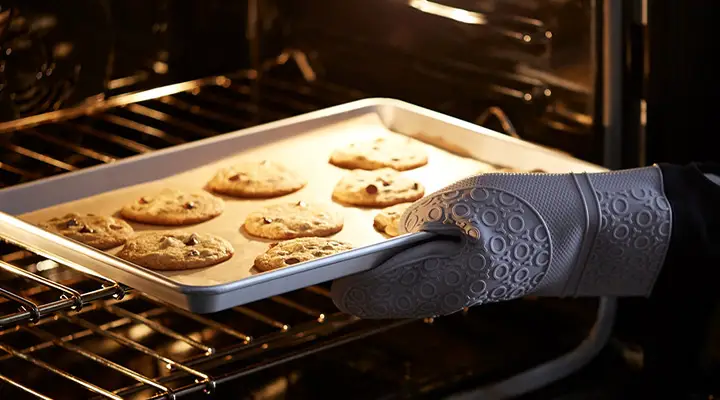

One Comment